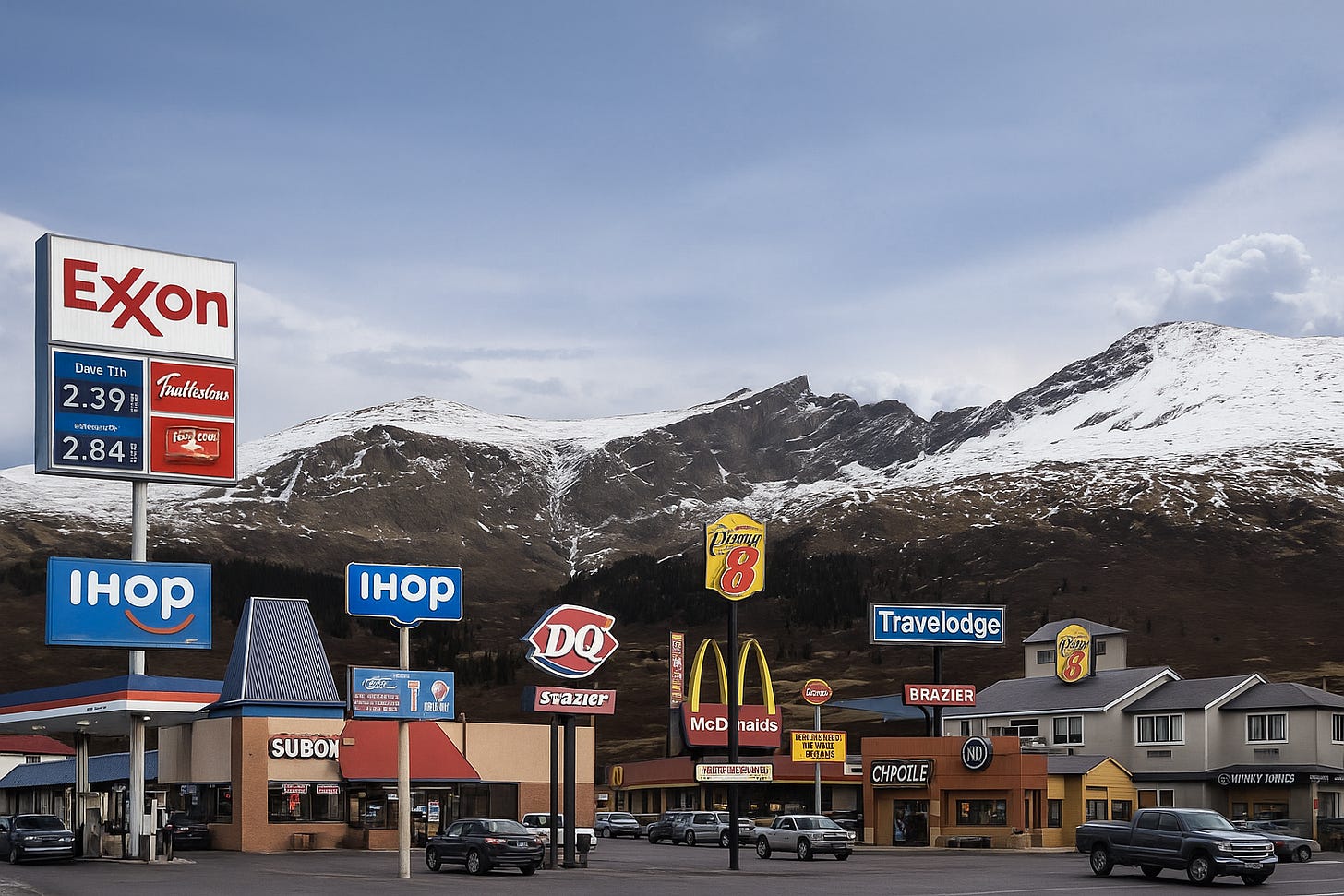Fact, Fiction, and the Federal Land Sale
The senator behind a plan to sell millions of acres of federal land says his opponents are simply misinformed. Here’s what’s really in the proposal:
The year is 2040, and you’re excited to take your son on his first ever camping trip.
You’ve been waiting for this day for a long time — and I mean a LONG time. It’s taken half a decade to get your $500 timed entry application to Citi Bank National Park and Preserve, the sole square mile of undeveloped land in the entire state.
Packing is a cinch! Since A…
Keep reading with a 7-day free trial
Subscribe to Quandary Magazine to keep reading this post and get 7 days of free access to the full post archives.



